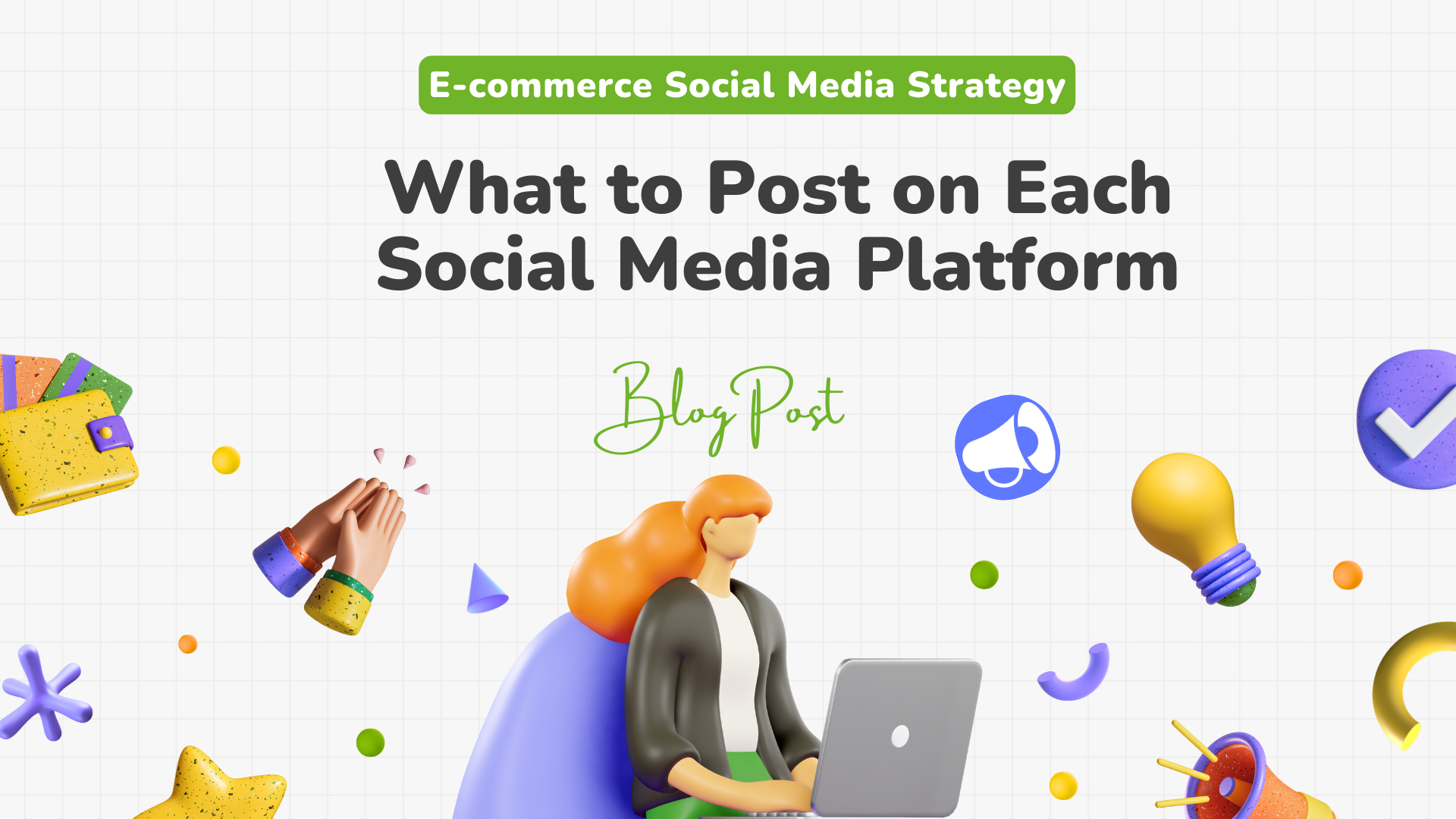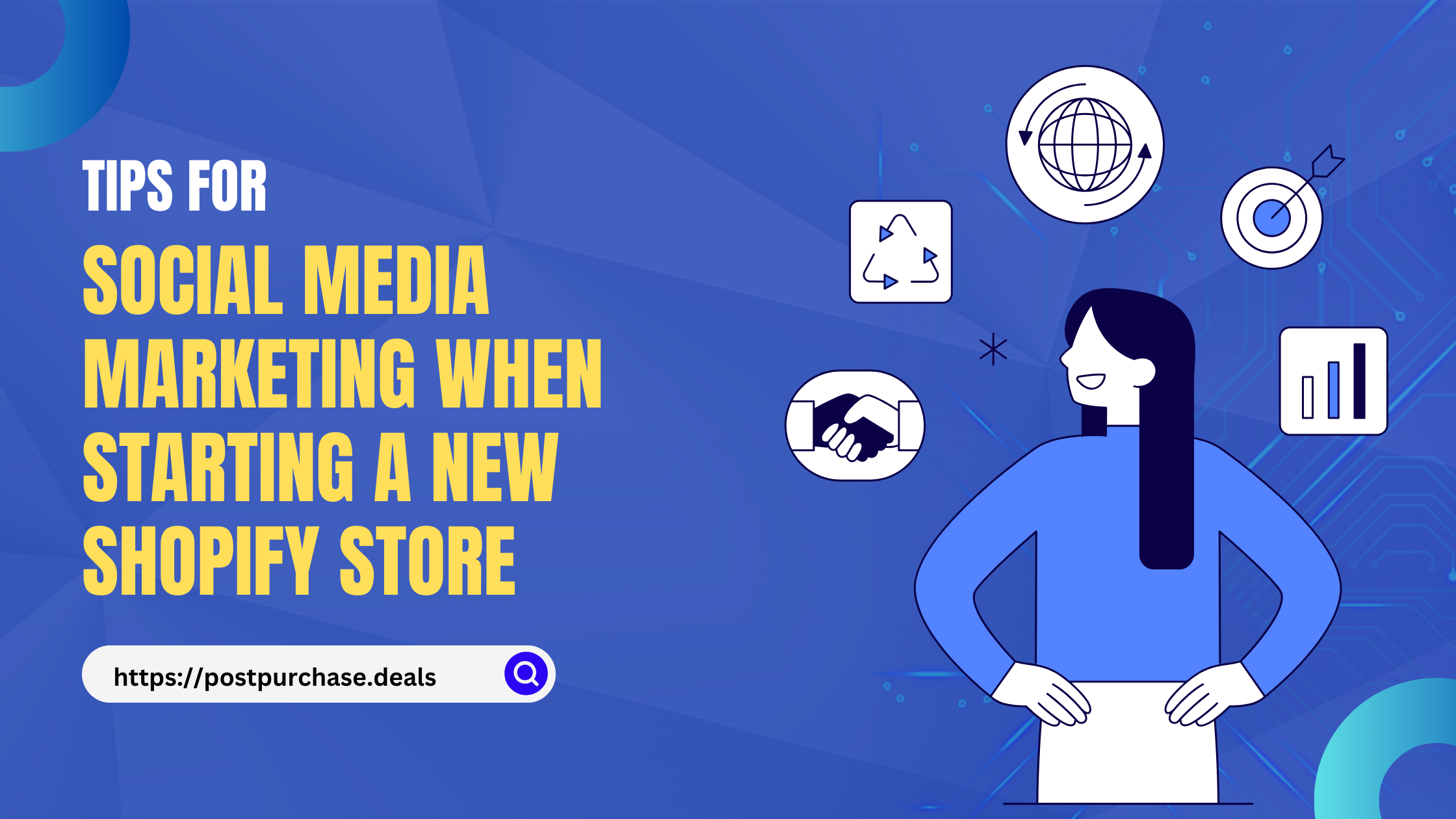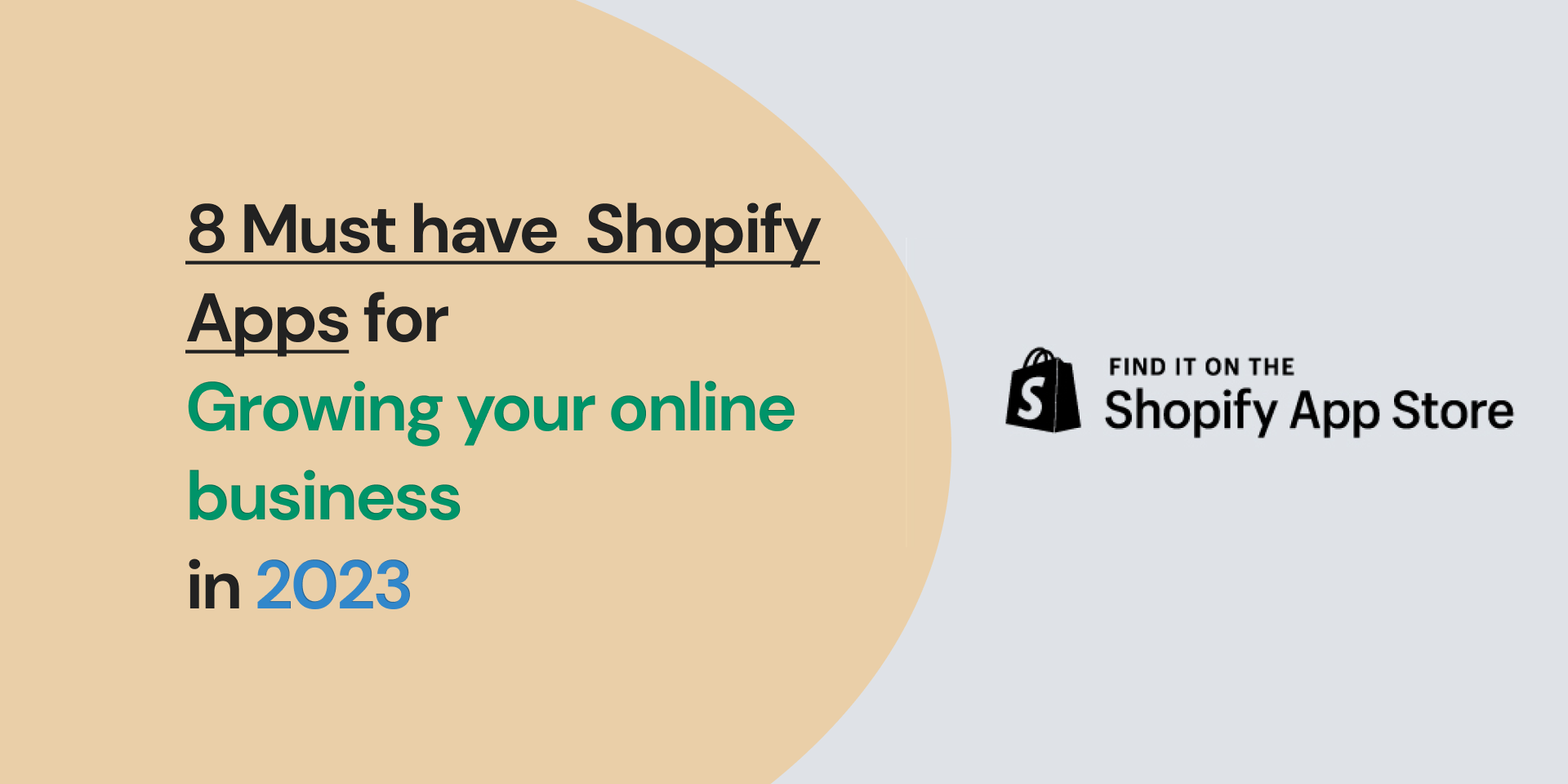Navigating the social media landscape effectively is crucial for any e-commerce business aiming to enhance online visibility and drive sales. Each platform serves unique purposes and reaches different audiences, making it important to tailor your e-commerce social media strategy accordingly.
Here’s how to optimize your social media content across various channels to boost your E-commerce success:
Facebook: Enhancing Customer Engagement and Drive Sales
Facebook remains a powerhouse for e-commerce due to its extensive user base and integrated shopping features.
- Product Showcases and Live Demos: One of the most effective ways to engage your audience on Facebook is through interactive content like product showcases and live demos. Utilizing high-quality images and videos to highlight your products can grab attention and spur interest. Facebook Live, in particular, serves as an excellent tool for live product demonstrations or Q&A sessions. These live interactions not only help to drive engagement but also deepen customer relationships by providing a real-time platform for conversation and feedback.
- Facebook Shops: Implementing Facebook Shops can significantly streamline the shopping experience. This feature allows customers to browse and purchase products directly within the platform, ensuring a seamless transition from discovery to purchase. Facebook Shops offers an integrated storefront to showcase your products, which can be customized to reflect your brand’s style and story. By simplifying the sales process and keeping potential customers on a familiar platform, Facebook Shops enhances the likelihood of conversion.
Instagram: Capturing Attention with High-Quality Visuals for E-commerece
Instagram is ideal for visually-driven content and can significantly impact your brand’s perception and sales.
- Stunning Visual Content: Regularly post high-quality photos and videos of your products. Ensure each image is well-composed and visually appealing to grab attention.
- Instagram Stories and Reels: Use Stories for limited-time offers or behind-the-scenes content. Reels can be great for reaching new audiences with short, engaging clips that highlight product features or usage.
Twitter: Leveraging Timely Interactions
Twitter is perfect for real-time engagement and can be used effectively for announcements and customer service.
- Timely Updates and Promotions: Share updates about new products, flash sales, or special events. The immediacy of Twitter makes it ideal for time-sensitive communications.
- Customer Support: Provide quick and efficient customer service by responding to inquiries and feedback directly through tweets or direct messages.
LinkedIn: Building B2B Relationships
LinkedIn is invaluable for B2B e-commerce businesses looking to establish professional relationships and enhance corporate visibility.
- Industry-Related Content: Post articles and insights that reflect current trends and news in your industry. This content positions your brand as a thought leader and builds trust with professional clients.
- Networking: Actively engage with other businesses and professionals through comments and shares to expand your professional network and increase exposure.
TikTok: Engaging Younger Audiences
TikTok offers a unique format for creative content that can quickly go viral, making it an essential platform for targeting younger demographics.
- Creative and Fun Videos: Use TikTok to post entertaining videos that showcase your products in a fun light. Participate in trends and challenges to maximize engagement and visibility.
- User-Generated Content: Encourage your customers to create content featuring your products, which can enhance credibility and organic reach.
Pinterest: Driving Inspiration-Based Purchases
Pinterest is a powerful tool for driving traffic to your e-commerce site, particularly for brands in the fashion, home decor, and DIY sectors.
- Inspirational Boards: Create boards that inspire and inform potential customers. Include pins with your products styled in various ways to showcase versatility and appeal.
- Detailed Product Pins: Ensure each pin includes a direct link to the product page on your website to facilitate easy purchases.
By tailoring your content to suit the strengths and user base of each social media platform, you can effectively amplify your e-commerce store’s reach and engagement. This strategic approach not only boosts your online presence but also drives more targeted traffic and sales, enhancing your overall digital marketing ROI.
Looking for shopify app that can help you automate your social media posting? Check out Social Schedular


